After the tragic explosion of the Titan submersible of OceanGate last year, the co-founder and former CEO of the company, Guillermo Söhnlein, is preparing to venture back into the depths of the ocean to explore one of the deepest ocean sinkholes.
He will lead a dangerous expedition into the "Dean's Blue Hole" in the Bahamas, one of the deepest in the world.

OceanGate co-founder launches exploration to one of deepest ocean sinkholes after Titan disaster.
Söhnlein, who has left OceanGate and founded another ocean exploration company called Blue Marble Exploration, will be accompanied by scientist Kenny Broad and former NASA astronaut Scott Parazynski.
Dean's Blue Hole is a deep blue sinkhole, 664 feet deep, surrounded by a beautiful beach on a remote Bahamian island.
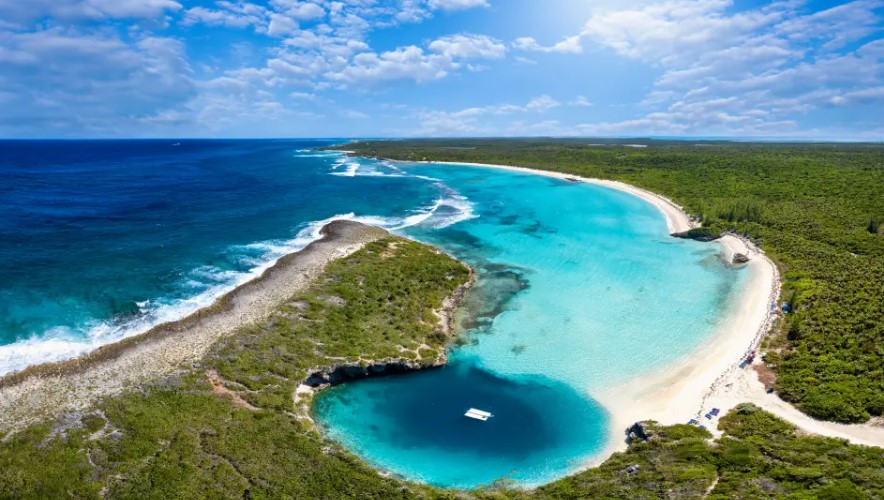
It was formed around 15,000 years ago and due to its immense depth, very little is known about it.
The hole has a "bottle-like" shape, with a narrow opening near the surface leading to a wider chamber below.
Some scientists believe there may be tunnels connecting Dean's Blue Hole to the Atlantic Ocean, which could cause unexpected currents and temperature layers.
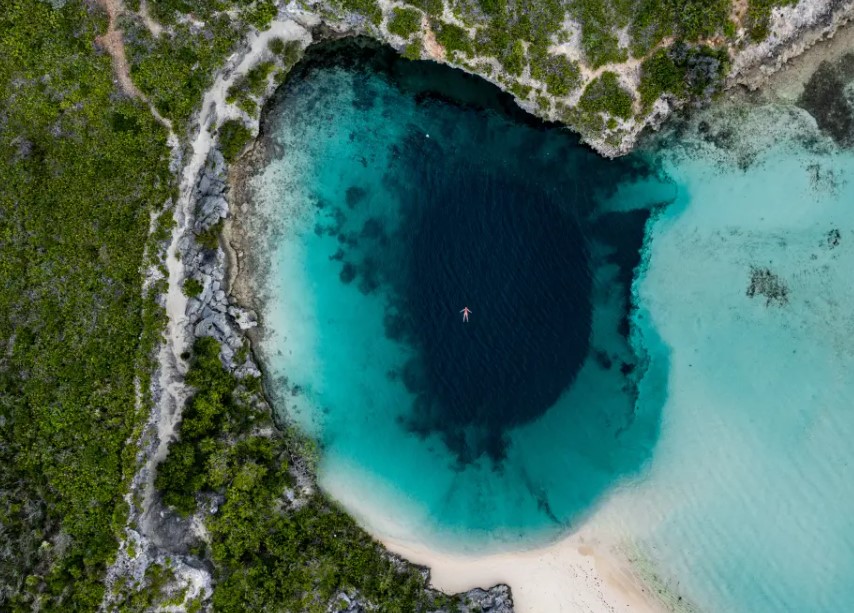
Söhnlein said the team expects the "unexpected" during the dive, as they explore the largely unknown environment.
The expedition aims to map the full extent of the sinkhole, study its unique marine life, and investigate the geological forces that created it.
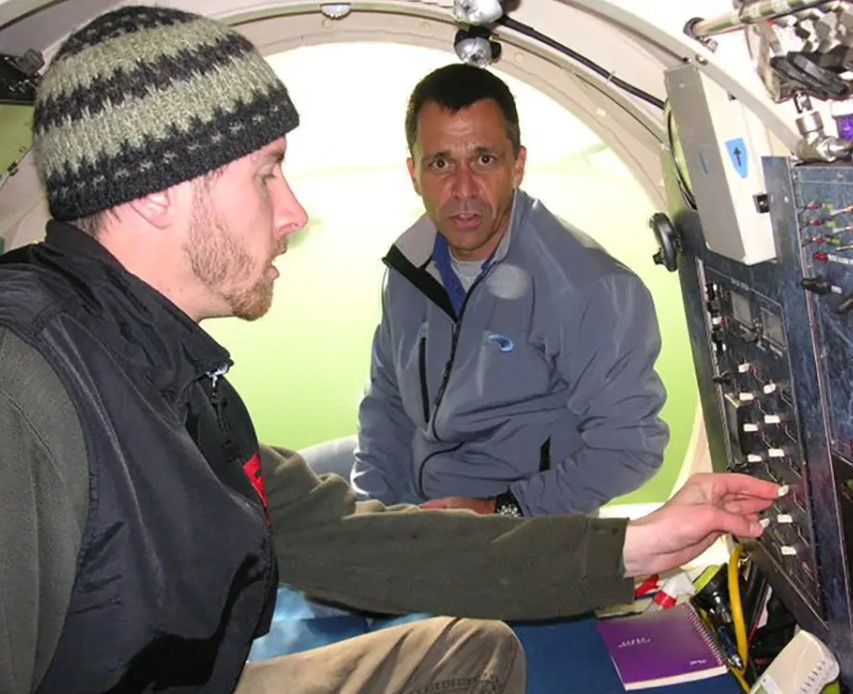
"We know more about the moon's surface than the ocean's bottom," Söhnlein said.
The dive is scheduled for late June 2024, over a year after the tragic loss of the Titan submersible belonging to OceanGate.
Guillermo Söhnlein stated that this exploration will be safer than the Titan sub accident one year ago.
That incident, which killed all five people onboard, has raised significant safety concerns about the commercial exploration of the ocean depths.
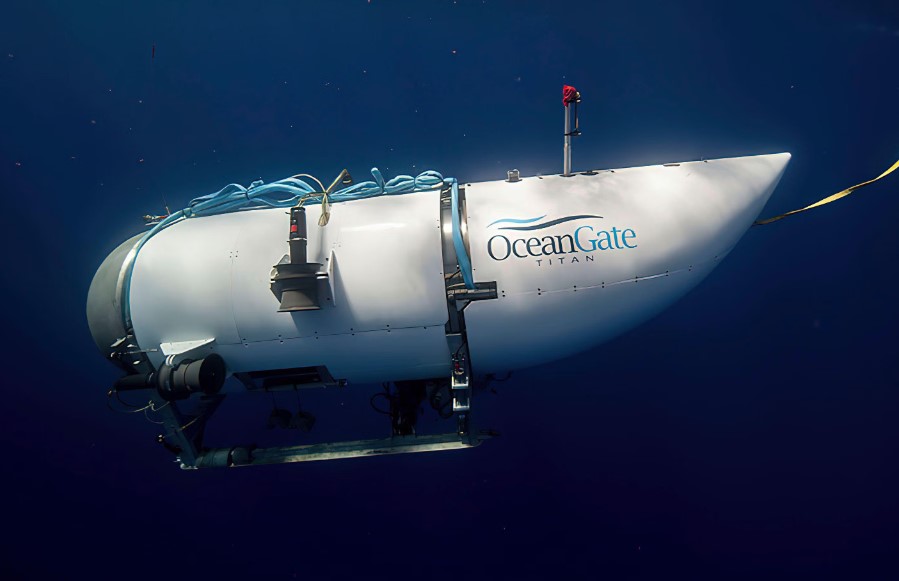
Söhnlein acknowledged the "justified scrutiny" following the Titan disaster, but believes the lessons learned will make this expedition safer.
The team will use a different submersible system with enhanced safety features, as well as employ rigorous safety protocols.
In a statement he stated, saying, "We need to continue pushing the boundaries of ocean exploration, but we must do so responsibly and with the utmost concern for safety."
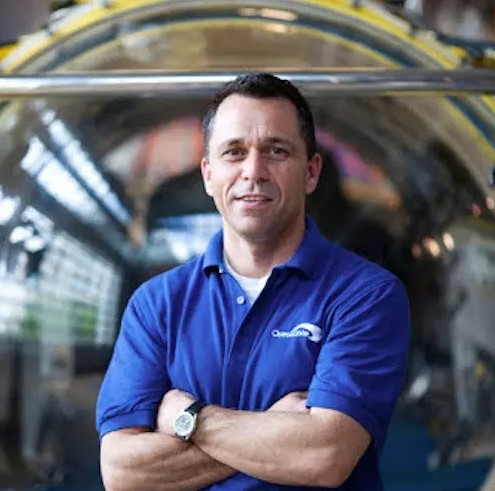
He hopes this dive will demonstrate that deep-sea expeditions can be conducted safely and lead to important scientific discoveries.
Previously, Söhnlein also claimed that humans can safely live on the planet Venus.
Söhnlein founded the Humans2Venus Foundation in 2020 and aims to establish a floating colony on Venus with 1,000 residents by 2050.
He argues that Venus is a more accessible option compared to Mars for human exploration.
Söhnlein advocates for prioritizing Venus missions as a strategic step towards interplanetary colonization, emphasizing the potential for NASA to lead this endeavor.

He believes that sending humans to Venus before Mars might be a better way to safely develop the capabilities to create a Martian community.
Söhnlein plans to make a colony that can live on Venus. Venus has very harsh conditions, like a lot of sulfuric acid. This makes Venus unable to be lived on by humans right now.
He remains confident in the attainability of his ambitious goals.






